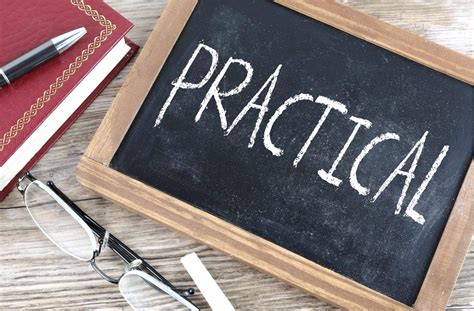Navigating the Modern Man’s Dilemma: Goals and Connection
Many men today find themselves in a challenging balancing act: passionately pursuing personal growth in areas like fitness and finance, while simultaneously striving to meet their partner’s fundamental need for connection, intimacy, and shared time. This isn’t a zero-sum game, but it often feels that way. The demands of a rigorous fitness routine, the focus required for financial planning, or the drive for career advancement can easily consume time and energy, leaving partners feeling neglected or secondary.
The key isn’t to abandon one for the other, but to integrate them harmoniously. A man who is personally fulfilled and financially stable often makes a better partner, provided his pursuit of these goals doesn’t isolate him from the relationship itself. The tension arises when personal ambitions become a wall rather than a foundation.

Understanding the Conflict: Time, Energy, and Perceptions
At its core, the conflict often boils down to time and emotional energy. Dedicating hours to the gym or evenings to side hustles inevitably reduces the availability for shared experiences or intimate conversations. Partners may interpret this as a lack of priority or interest, leading to feelings of loneliness, resentment, or a perceived emotional distance. Men, on the other hand, might feel misunderstood, seeing their efforts as beneficial for the future of the relationship, even if they’re not immediately relationship-focused.
Bridging this gap requires more than just good intentions; it demands proactive strategies and a commitment to understanding both individual and relational needs.
Strategies for Harmonious Integration
1. Open and Honest Communication
This is the bedrock. Don’t assume your partner understands your goals or the sacrifices you’re making. Clearly articulate your personal ambitions (e.g., “I’m committed to hitting this fitness goal because X,” or “I’m focused on this financial plan to achieve Y for our future”). More importantly, listen to their concerns without defensiveness. Ask about their needs for connection and validate their feelings. Find out what ‘connection’ truly means to them – is it quantity of time, quality of presence, shared activities, or verbal affirmation?

2. Scheduled “Us” Time (and Protect It)
Just as you schedule workouts or financial reviews, schedule dedicated time for your relationship. This could be a weekly date night, an hour each evening for unplugged conversation, or a weekend activity. Treat these appointments with the same sanctity as your personal goals. During this time, be fully present. Put away phones, turn off distractions, and genuinely engage. Quality often trumps quantity, but consistency in quality time is crucial.
3. Involve Your Partner Where Possible
Can your fitness goals become a shared activity? Perhaps you can go for walks or hikes together, or even work out in the same gym (even if doing different things). For financial goals, make it a team effort. Discussing budgets, investments, or future planning together not only fosters connection but also ensures alignment and shared vision. Even if they don’t directly participate, keeping them informed and seeking their input makes them feel like part of the journey, not an afterthought.

4. Be Present, Not Just Physically There
It’s easy to be physically present but mentally elsewhere, replaying a workout or strategizing about investments. When you are with your partner, practice active listening. Make eye contact, ask follow-up questions, and reflect on what they’re saying. This kind of mindful presence is a powerful form of connection and shows respect for their needs, even if your shared time is limited by your other commitments.

5. Practice Micro-Connections
You don’t always need grand gestures or hours of uninterrupted time. Small, consistent acts of connection can accumulate significantly. This could be a thoughtful text during the day, a quick five-minute chat over coffee in the morning, a sincere compliment, or a brief hug and kiss when leaving or arriving home. These “micro-moments” reinforce affection and remind your partner they are on your mind, even when you’re busy with other pursuits.

The Payoff: A Stronger Self, A Stronger Relationship
Balancing personal goals with a partner’s need for connection isn’t about compromise as much as it is about integration and prioritization. When done effectively, you don’t just achieve your individual aims; you build a more resilient, understanding, and loving relationship. A partner who feels secure and connected is more likely to support your personal growth, creating a positive feedback loop where individual success fuels relational strength, and a strong relationship provides the foundation for continued personal achievement. It’s a testament to the idea that true self-improvement often means improving the world around you, starting with your most intimate connections.




